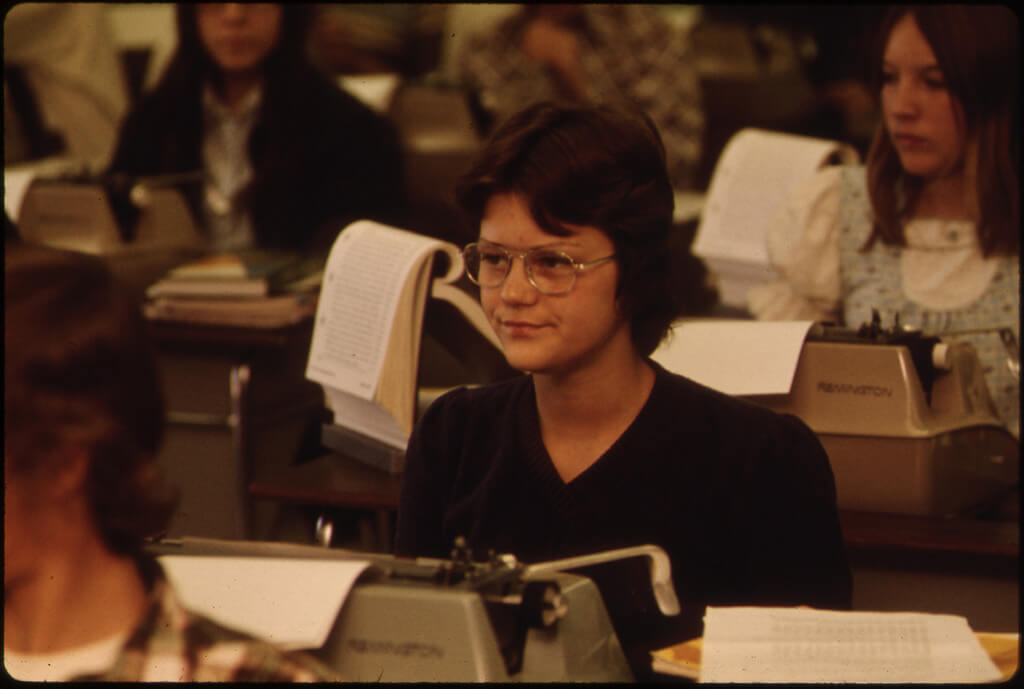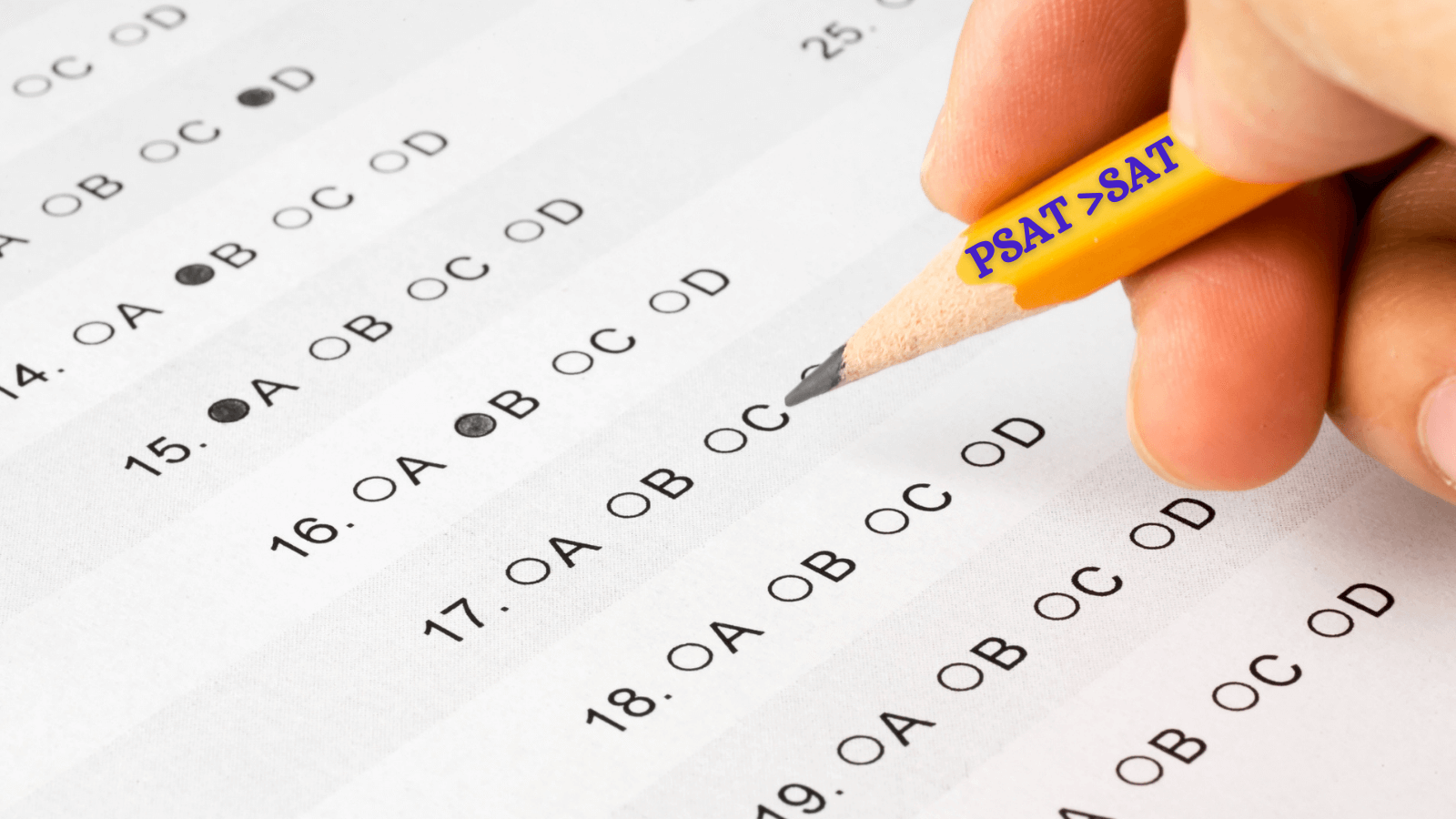Student-centric advice and objective recommendations
Higher education has never been more confusing or expensive. Our goal is to help you navigate the very big decisions related to higher ed with objective information and expert advice. Each piece of content on the site is original, based on extensive research, and reviewed by multiple editors, including a subject matter expert. This ensures that all of our content is up-to-date, useful, accurate, and thorough.
Our reviews and recommendations are based on extensive research, testing, and feedback. We may receive commission from links on our website, but that doesn’t affect our editors’ opinions. Our marketing partners don’t review, approve or endorse our editorial content. It’s accurate to the best of our knowledge when posted. You can find a complete list of our partners here.
What’s the Difference Between a Private and Public University?
 By
Zach Skillings
By
Zach Skillings 
Zach Skillings is the Scholarships360 Newsletter Editor. He specializes in college admissions and strives to answer important questions about higher education. When he’s not contributing to Scholarships360, Zach writes about travel, music, film, and culture. His work has been published in Our State Magazine, Ladygunn Magazine, The Nocturnal Times, and The Lexington Dispatch. Zach graduated from Elon University with a degree in Cinema and Television Arts.
Full BioLearn about our editorial policies

Bill Jack has over a decade of experience in college admissions and financial aid. Since 2008, he has worked at Colby College, Wesleyan University, University of Maine at Farmington, and Bates College.
Full BioLearn about our editorial policies

Maria Geiger is Director of Content at Scholarships360. She is a former online educational technology instructor and adjunct writing instructor. In addition to education reform, Maria’s interests include viewpoint diversity, blended/flipped learning, digital communication, and integrating media/web tools into the curriculum to better facilitate student engagement. Maria earned both a B.A. and an M.A. in English Literature from Monmouth University, an M. Ed. in Education from Monmouth University, and a Virtual Online Teaching Certificate (VOLT) from the University of Pennsylvania.
Full BioLearn about our editorial policies

As you’ve researched different colleges, you’ve likely heard about colleges and universities being categorized as public or private, but you may be wondering what exactly that means. While they’re both institutes of higher learning, there are a variety of differences between private vs public college.
See also: What is the difference between college and university?
Private vs public college
Whether an institution is private or public, it might influence your choice more than you think. So, you should take some time to discover the differences between the two, and luckily, we’ve included them below:
Funding sources
The defining difference between private and public schools is the way in which they’re funded. Public universities receive their funds primarily from state governments.
Meanwhile, private universities are supported mainly by their own endowment funds and students’ tuition fees. Funding sources have a big impact on cost of attendance and the availability of financial aid, which we’ll discuss below.
Don’t miss: How many universities are there in the United States?
Cost of attendance
Cost of attendance is a big factor when discussing public and private schools. Since public schools are largely funded by the government, they can afford to charge lower tuition rates to students. By contrast, private schools rely heavily on student tuition in order to keep operating.
This means that tuition costs are usually much higher at private schools. According to recent data from the National Center for Education Statistics, the average annual cost of attendance for 2021-2022 was estimated to be $17,797 at public institutions and $36,138 at private nonprofit institutions.
Related: How many colleges to apply to
Financial aid availability
Don’t let that sticker price scare you away from private schools! Although private institutions are more costly to attend, they typically offer more substantial financial aid than public institutions. Due to their large endowment funds, private schools usually have more money available to award grants and scholarships.
According to the National Association of College and University Business Officers, private institutions extended a record average 48% tuition discount to undergraduates for the 2019-20 school year. So while private institutions may appear more expensive initially, sometimes financial aid packages can actually make them more affordable than public schools.
Also see: How to compare your financial aid award letters
Campus Culture
Public institutions are typically much bigger than private ones. Public schools often have tens of thousands of students, while it’s common for private institutions to have just a few thousand undergrads. Because of their larger student bodies, public institutions tend to have more vibrant social scenes.
This means there’s a greater variety of clubs, campus activities, and parties. However, that’s not to say private schools don’t have thriving campus cultures. They’re usually just smaller in scale and offer a tighter, more close-knit community.
Learn more: How to get involved on campus
Class Size
As far as learning environments, at public schools it’s not uncommon to have over 200 students in one lecture hall. On the other hand, private universities tend to cap class sizes at around 30 students. This allows for more personalized instruction.
However, keep in mind that class size varies depending on the institution. It’s certainly possible to have small classes at public schools and large classes at private schools.
Academic Advising
Students can typically expect a more personalized academic advising experience at private universities. Because private universities are usually smaller than public ones, they can devote more time and effort to advising each individual student. This includes helping students figure out their majors, scheduling their classes, and anything else that may assist in navigating the college experience.
Due to the sheer size of some public universities, there simply aren’t enough resources to hold every student’s hand through this process. Sure, there are helpful resources if you need them. Just don’t expect the individualized attention you’ll receive at private schools.
Related: Explore CollegePoint, a free college advising resource
Degree Offerings
As far as degree offerings, private institutions tend to offer fewer academic majors than public institutions. This is particularly true when it comes to liberal arts colleges.
Take Davidson College, for instance. This small liberal arts college in North Carolina offers 31 majors.
This is a standard range of common majors that you’ll find at most universities, including computer science, philosophy, and public health. By contrast, a large public institution like Ohio State University offers over 200 majors, from meat science to fashion and retail studies.
Research Opportunities
Public schools tend to have more resources available for students to perform research. For instance, the University of California at Los Angeles is one of the top research powerhouses in the nation, boasting of more than 350 research labs, centers, and institutes.
At a large public school like UCLA, there are plenty of opportunities for students to leverage their school’s resources to carry out academic research. While students can certainly conduct research at private universities as well, most private institutions simply can’t match the research efforts of public schools.
Related: Everything you need to know about graduate assistantships
Student Diversity
Demographics also differ between public and private universities. Due to their higher acceptance rates and more affordable tuition costs, public schools tend to be more demographically diverse. This means that public institutions generally have higher percentages of non-white students.
By contrast, private schools usually have a less diverse racial makeup. However, since private colleges charge the same tuition rates regardless of state residency, they tend to attract students from diverse geographic locations.
Athletics
Public schools usually place a larger emphasis on athletics. Take the Big 12 schools, for instance. This is a group of (mostly) public universities that are known for their competitive athletic programs and tremendous school spirit. Additionally, the vast majority of Division I sports teams come from public universities.
By contrast, private universities tend to have less prominent athletic programs or none at all for specific sports.
Related: All about D1, D2, and D3 athletics
Prestige & Acceptance Rate
Whether it’s fair or not, private universities are generally perceived as more prestigious than public universities. Private schools usually have more selective admissions criteria and lower acceptance rates. However, don’t make the mistake of thinking you can’t obtain a top-notch education at a public university. Some of the most highly regarded institutions in the U.S. are public, including the University of Michigan, the University of North Carolina at Chapel Hill, and the University of California, Berkeley. The bottom line is that there are a lot of factors to consider when choosing a college, so try not to get too caught up on prestige.
Also see: What are the Public Ivies?
Private vs. public college: Key differences
- Public universities receive their primary funding from the federal government, whereas private universities receive money from tuition, endowment funds, and alumni donations.
- Private universities typically have a higher sticker price but often offer higher financial aid.
- Most public universities have a much larger student body and larger class sizes than private universities.
- Public universities typically offer more fields of study and research opportunities.
- The student body is typically more diverse at public universities.
- Public schools typically have more competitive athletics, and the student body holds them in greater importance.
Is a private or public school right for me?
As you can tell, there’s a variety of characteristics that differentiate private vs public colleges. Knowing this, it can be a tough decision to choose which type of institution you’d like to attend. You may like certain aspects of both types of schools.
Say you want the extensive degree offerings of a public university, but like the idea of a small campus. Ultimately, you’ll have to decide which factors are most important to you and choose the school that best fits your needs. Once you start to narrow down your search, try comparing your options using the College Scorecard.
Read more: How to choose a college
Frequently asked questions about differences between public and private universities
Are private colleges more expensive?
s it easier to get into a private or public college?
Do public or private colleges give more financial aid?





 SAT" printed on his pencil">
SAT" printed on his pencil">
